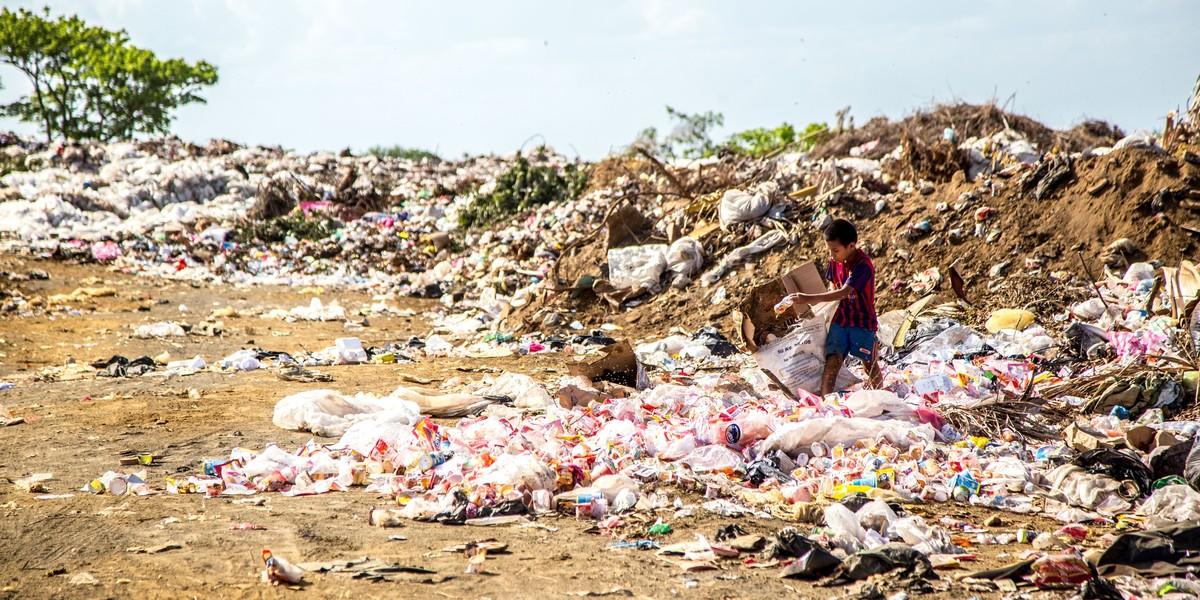As environmental concerns become even more important to customers, investors, and regulatory bodies, measuring your business’s environmental footprint has shifted from optional to essential. Understanding your impact enables you to identify opportunities for improvement, reduce costs, and meet the growing expectations for corporate responsibility.
Size matters
Before you can improve your environmental performance, you need to establish a baseline for comparison. Measurement provides clarity on where your business has the most significant impact and helps you prioritise actions that will make the biggest difference. It also enables you to track progress over time and communicate your efforts to stakeholders.
Start with the basics: Carbon footprint
Your carbon footprint measures the total greenhouse gas emissions produced by your business, typically expressed in tonnes of carbon dioxide equivalent (CO2e). This forms the foundation of most environmental impact assessments.
- Scope 1 emissions originate directly from your operations, including fuel burned in company vehicles, heating systems, or manufacturing processes.
- Scope 2 emissions result from the purchase of energy, such as electricity and heating. These are easier to calculate using utility bills and standard emission factors.
- Scope 3 emissions include everything else – business travel, employee commuting, supplier activities, and product lifecycle impacts. While more complex to measure, these often represent the largest portion of your total footprint.
Supply chain considerations: Your suppliers often contribute significantly to your environmental impact. While challenging to measure precisely, you can:
- Request environmental data from key suppliers
- Use industry averages for standard materials and services
- Prioritise local suppliers to reduce transport emissions
- Assess packaging and shipping methods.
For transportation and travel, you can calculate emissions from:
- Company vehicles and fuel consumption
- Business travel, including flights, trains, and hotels
- Daily commuting by employees
- Goods transportation and delivery.
Then analyse your energy use beyond just carbon emissions. You can track kilowatt-hours consumed, peak demand periods, and energy intensity (energy per unit of output). This helps to spot ways to be more efficient and find chances to use more renewable energy.
Water usage and waste generation
Keep an eye on your water bills to see where you’re using the most, and think about both the water you use directly and what’s hidden in your supply chain.
For waste, you can measure:
- Total waste generated
- Percentage recycled versus sent to landfill
- Hazardous waste disposal
- Food waste (if relevant to your business)
Tools and resources for measurement
These tools can make measuring easier and quicker:
- Free carbon calculators, such as those from the Carbon Trust or SME Climate Hub, provide a good starting point for basic assessments.
- Utility data forms the backbone of most measurements. Gather 12 months of bills for electricity, gas, water, and waste collection.
- Specialist software such as Sustainability Cloud, Greenly, or Plan A can automate data collection and provide ongoing monitoring.
- Industry benchmarking to compare your performance against industry standards where available. Many trade associations publish sector-specific guidance and benchmarks. The Carbon Trust and other organisations provide industry averages for different business types.
- Professional consultants may be worthwhile for comprehensive assessments or if you lack internal expertise.
Establish regular processes for gathering environmental data, assign responsibility to specific team members and integrate data collection into existing business routines. Develop key performance indicators that are relevant to your business. Examples may include:
- Carbon emissions per employee
- Energy use per square metre of office space
- Waste generated per unit of production
- Water consumption per customer served
Maintain clear records of your methodology, data sources, and assumptions to ensure consistency over time and for effective communication with stakeholders. Consider following recognised standards, like the Greenhouse Gas Protocol for carbon accounting.
Acting on and communicating your findings
Once you understand your impact, identify the areas that require the most significant improvement. Often, the largest impacts offer the biggest opportunities for cost savings through efficiency improvements.
Common high-impact areas include:
- Switching to renewable energy
- Improving building insulation and heating systems
- Reducing business travel through video conferencing
- Optimising logistics and transportation
- Working with suppliers on sustainability initiatives
Share your environmental performance with customers, employees, and stakeholders. Be honest about your starting point and progress rather than making inflated claims and consider publishing an annual sustainability report or including environmental metrics in regular business updates.
Getting started today
Begin with what you can measure easily – utility bills provide immediate insights into energy and water use. Gradually expand to include transportation, waste, and supply chain impacts as your measurement capabilities develop.
Remember that a perfect measurement isn’t the initial goal. Starting with estimates and improving accuracy over time is better than delaying action while trying to achieve precision from day one.
Make environmental measurement a regular part of your business processes, rather than a one-off exercise. Integrate sustainability considerations into decision-making processes and encourage all team members to contribute ideas for improvement. Regular measurement and reporting will help you identify trends, celebrate successes, and adjust strategies as your business grows and evolves. The data you collect today will become the foundation for future sustainability initiatives and demonstrate your commitment to responsible business practices.












